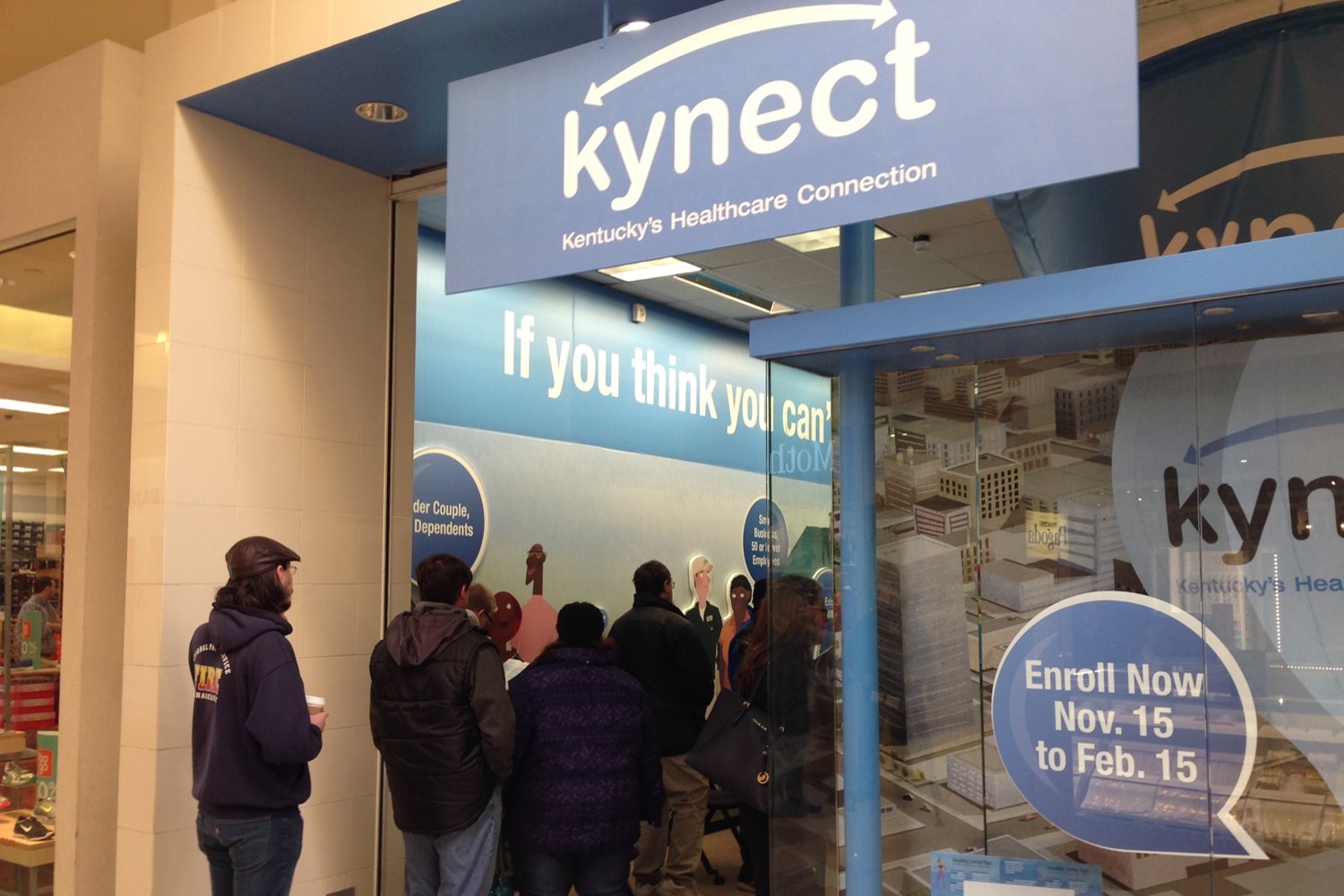Helping people find their way out of poverty is a labor-intensive task. Whether you’re talking about finding mentors, coaches, and tutors for youth or helping adults access benefits, learn English, find affordable housing, or launch a job search, it is often the one-on-one attention that makes the difference.
Today, a critical, but often invisible source of human capital committed to this purpose are AmeriCorps members, and the volunteers they lead. People like Deenie Espinoza, who came to Pima Family Literacy as a GED student and then worked there as an AmeriCorps member in 1994. A year later, she was hired as an AmeriCorps staff member and led advocacy efforts for Arizona adult education and family literacy programs. Today, while pursuing her master’s degree, Deenie serves as Online Academic Advisor and Success Coach for The Learning House, where she mentors students to help them reach their goals.
Or Dayna Long, who served at the LA Free clinic and went on to become a pediatrician. As a result of witnessing the ramifications of poverty and trauma on children, Dayna founded the Family Information and Navigation Desk (FIND) to addresses the social and environmental factors that profoundly impact health.
“I am still trying to tackle the upstream causes of inequity that lead to health disparities,” notes Dayna.
Deenie and Dayna, winners of the AmeriCorps Alums National Leadership Award, are not lone cases. Hundreds of thousands of people like them gave their time and talent through AmeriCorps early in their careers and changed their own paths as a result.
When President Clinton proposed AmeriCorps two decades ago, he imagined it would transform America in a few important ways: by providing needed services, creating opportunity for people who serve, and knitting together community.
And it has.
AmeriCorps members serving through programs like JumpStart, City Year, Citizen Schools, and College Possible are succeeding at helping low-income students start school reading-ready, stay on track, graduate, and go on to college.
Others serving through LISC AmeriCorps provide financial counseling, employment and skill training, and job placement, along with home buyer counseling and foreclosure prevention services. Because many members come from the neighborhoods where they are serving, the program builds strong community leadership.
Just last year, we worked with Maria Shriver and LIFT to develop Shriver Corps, which engages AmeriCorps VISTAs to connect eligible low-income families with the educational opportunities, job training, and access to public benefits that can help them get on firm economic footing.
AmeriCorps also offers service opportunities through youth corps, which are designed to enable youth to learn while serving; tens of thousands of young people who were out of school and out of work found pathways back into education and the workforce through this program.
By allowing flexibility in program design, national service has fueled social innovation as organizations pursuing new strategies can make use of AmeriCorps members as ground troops.
And by enabling young adults to try on new careers — and opening their eyes to the challenges facing poor communities — AmeriCorps has grown a generation of nonprofit professionals, educators, and leaders committed to ending poverty through opportunity.
These programs build on the legacy of VISTA, which for fifty years has built the capacity of agencies on the front lines of the war on poverty and is now part of AmeriCorps. VISTA has created lasting change by helping to establish programs in adult literacy, microfinance, health services and more.
The bad news: together, AmeriCorps and AmeriCorps VISTA are less than one-third of their authorized size; they cannot engage even one-tenth of the young people who want to serve, according to polls.
Last week, President Obama and President Clinton joined together to celebrate the swearing in of this year’s class of 75,000 AmeriCorps members. President Obama recognized the value of AmeriCorps when he ran for office. As he put it, “Your own story and the American story are not separate — they are shared. And they will both be enriched if we stand up together, and answer a new call to service to meet the challenges of our new century.” He was right.
The President also pledged to “ask for your service and your active citizenship when I am president of the United States. This will not be a call issued in one speech or program; this will be a cause of my presidency.”
He still has time to make that happen by putting necessary political capital behind AmeriCorps and working with Congress to make this program the priority it ought to be.













